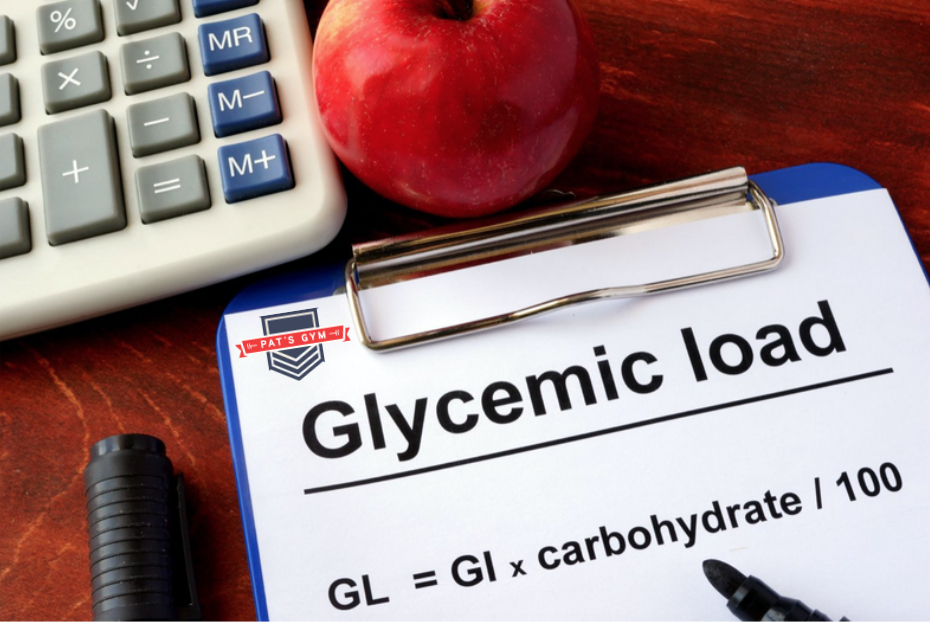
I’ve always talked about staying away from foods that score high on the glycemic index. With those types of foods, check my past blogs, you will get an insulin spike which has a bunch of unintended consequences.
The glycemic index assigns a numeric score to food based on how drastically it makes your blood sugar rise. Foods, such as pure glucose (sugar) are given a value of 100. The lower the glycemic index, the slower the blood sugar rises after eating that food. Processed foods have higher scores on the glycemic index. Foods with more fiber or fats will be lower on the glycemic index. You can look up all sorts of foods, including fruits and vegetables, with a search to see how they score.
I believe that the glycemic index of foods is simple to understand and easy for folks to follow. However, for those trivia buffs, you can also look at the glycemic load. The glycemic load is a measure of how quickly the body makes sugar from the food that enters the bloodstream and how much glucose per serving it can deliver. The glycemic load will give you more accurate pictures of the real impact food will have on your blood sugar. For example, a watermelon has a high glycemic index of 80, but has so little carbohydrates that it only has a load of 5.
If you have questions, DM me or email me. This can be as simple or complex as you want….
